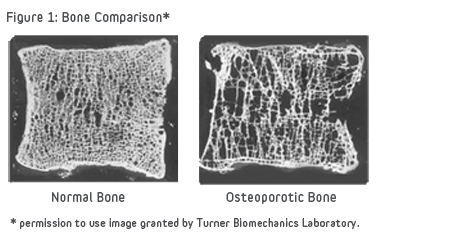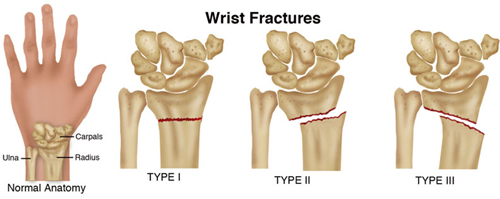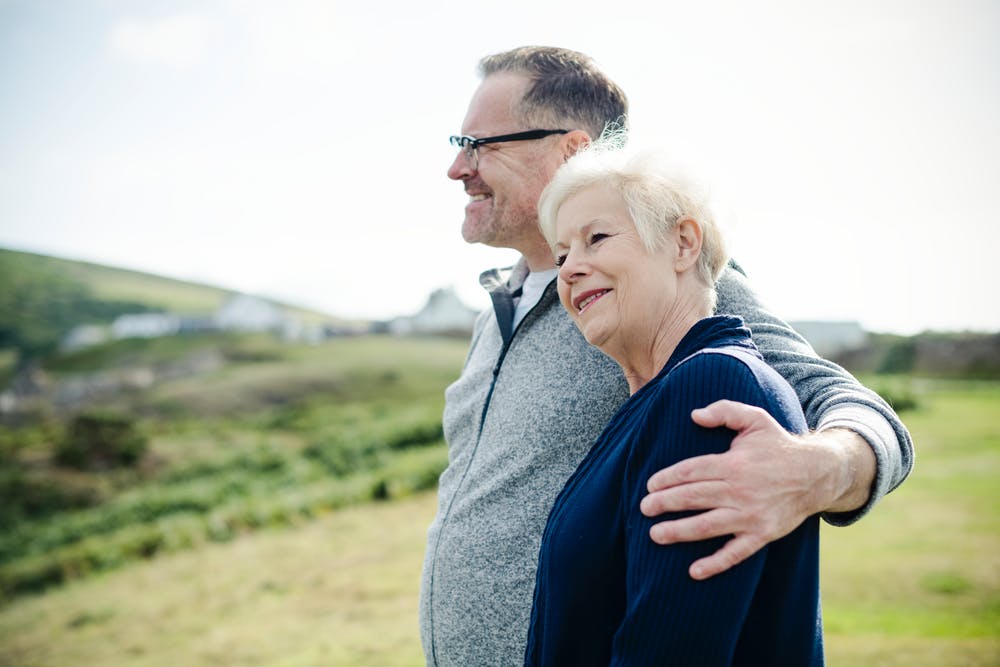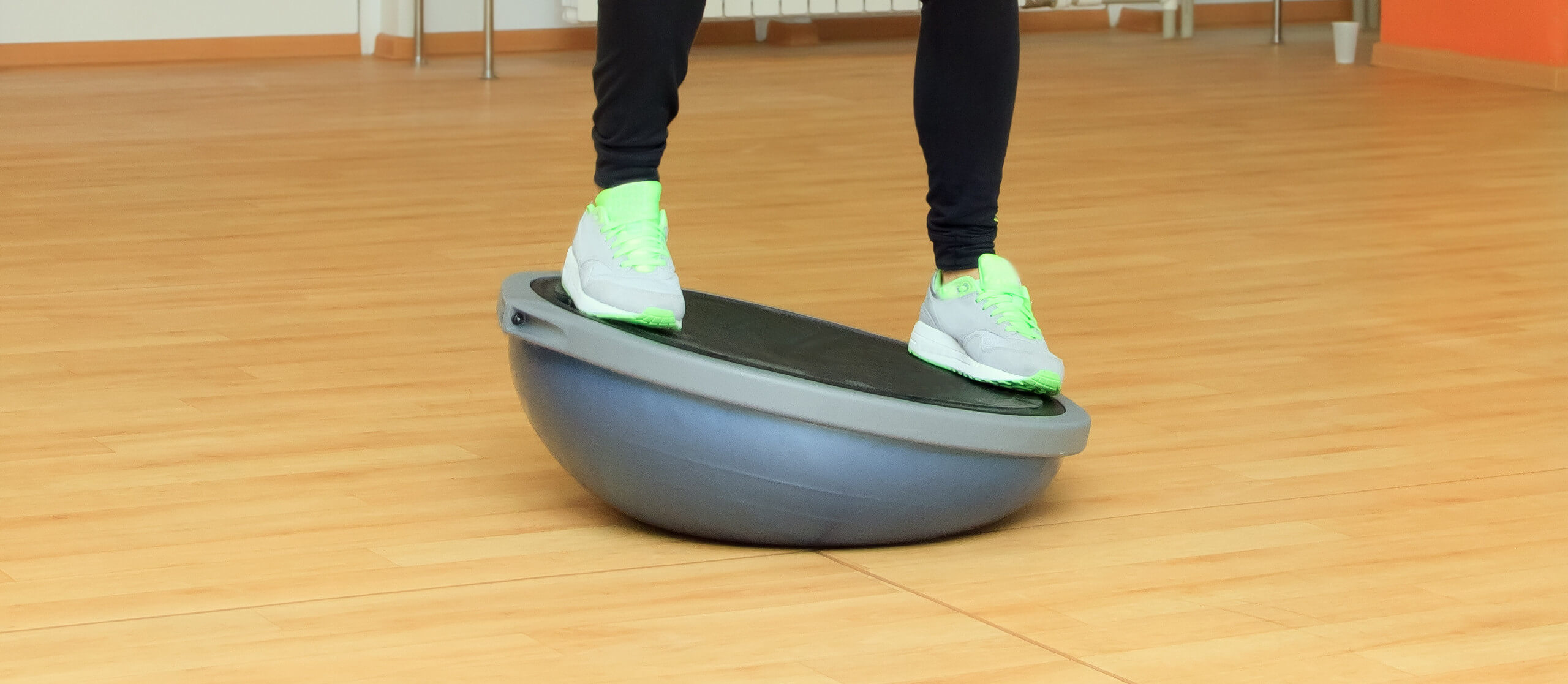nalco group
bone, muscle & joint pain physio
BOOK NOW / WHATSAPP ABOUT YOUR PAIN OR INJURY
- ORCHARD 400 Orchard Road #12-12 Singapore 238875
- TAMPINES 9 Tampines Grande #01-20 Singapore 528735
- SERANGOON 265 Serangoon Central Drive #04-269 Singapore 550265
Home > Blog > Physiotherapy > Conditions > Fractures > Osteoporosis Physiotherapy
Osteoporosis Physiotherapy

Osteoporosis is a common disease that causes a thinning and weakening of the bones (the bones becomes thinner and more porous, which makes it mechanically weaker as well).
It can affect people of any age. Women have the greatest risk of developing the disease, although it also occurs in men. Osteoporosis affects 55% of Americans aged 50 or older; one-half of women and a quarter of men will fracture a bone as a result of low bone density (osteopenia) or osteoporosis.
Thin bones are the cause of 1.5 million fractures per year in the United States; just hip fractures alone result in 300,000 hospitalizations.
It is important to diagnosis low bone density or osteoporosis early so that steps can be taken to rebuild bone strength and lessen the risk of fracture.
first of all, What is Osteoporosis?
Osteoporosis is a bone disease characterized by
- low bone density (thickness of the bone)
- decreased bone strength
- and a change in the bone structure
- which can lead to an increased risk of fracture.
The normal bone structure becomes thinned out and porous with poor nutrition, aging, or when osteoporosis develops, lessening the ability of the bone to withstand the typical forces that are applied in everyday living.
Fractures from low bone density and osteoporosis can be serious, causing pain and affecting quality of life.
Our bones are living tissue.
Normally, one type of cell removes bone and another type of cell adds bone in a balanced, ongoing process. However in the case of osteoporosis, bones weaken when not enough new bone is formed and/or too much bone is lost.
This imbalance commonly begins in women during the first 5 years of menopause.
That being said, it can also occur in men and in children, often due to diseases that affect bone development, such as
- celiac disease
- inflammatory bowel disease
- rheumatoid arthritis
- spina bifida
- cystic fibrosis
- kidney disease
Some medicines, such as steroids, may increase the risk of developing osteoporosis. Athletes who are underweight during the time of peak bone development are also susceptible.
There are many factors that can cause a person to be at risk for developing osteoporosis. It is important to know your risks so that you can be diagnosed and proactive in your treatment.
Risk Factors for Osteoporosis
Noncontrollable risks
- Female gender
- Small frame
- Advanced age
- Hormone levels
- Genetics
- Predisposing medical conditions
Controllable risks
- Cigarette smoking
- Excessive alcohol intake
- Inactive lifestyle
- Excessive caffeine intake
- Lack of weight-bearing exercise
- Drugs (eg, steroids, heparin)
- Poor health
- Low weight
- Calcium-poor diet
- Low vitamin D levels
How Does osteoporosis Feel like?
Osteoporosis is a disease that can be "silent" ie the patient can be totally unaware of it.
There may be no outward symptoms until a fracture occurs. If you are middle-aged or older, you may notice a loss of height or the appearance of a humpback. You may also begin to experience pain between your shoulder blades or above the crest of the pelvis.
People with low bone density may experience fractures in everyday situations that would not occur in persons with healthy bones, such as breaking a hip or a breaking their wrist with a fall from a standing height, breaking a rib when opening a window or when receiving a hug, or breaking an ankle after stepping off a curb.
These are called fragility fractures and are a red flag for bone disease.
Spinal compression fractures, particularly those in the upper back or thoracic spine (area between the neck and the lower back), are the most common fractures, followed by hip and wrist fractures.

How Is It Diagnosed?
If you see our senior physiotherapists for back pain or other rehabilitation issues (or if you have wrist fractures, you may see our senior hand therapists), we will review your
- medical
- family
- medication
- exercise
- dietary
- hormonal history
- conduct a complete physical examination
and determine your risk factors for osteoporosis. The assessment may lead us to recommend further testing.
Osteoporosis is best diagnosed through a quick and painless specialized X-ray called the DXA, which measures bone density. The results are reported using T-scores and Z-scores.
- The T-score compares your score to that of healthy 30-year-old adults. If you have a T-score of -1 or less, you have a greater risk of having a fracture.
- If the T-score is -2.5 or less you will receive the diagnosis of osteoporosis.
- The Z-score compares your bone mineral density to those of the same sex, weight, and age. It is used for those whose bone mass has not yet peaked, premenopausal women, and men older than 50.
Other methods of measuring bone density include
- X-ray
- ultrasound
- CT scan
how our senior physiotherapists and hand therapists can help you

We can develop a specific program based on your individual needs to help improve your overall bone health, keep your bones healthy, and help you avoid fracture.
We may teach you:
- Specific exercises to build bone or decrease the amount of bone loss
- Proper posture to protect your spine from fracture
- Proper alignment during activities of daily living
- How to improve your balance so as to reduce your risk of falling
- How to adjust your environment to protect your bone health
Healthy bone is built and maintained through a healthy lifestyle. We will teach you specific exercises to meet your particular needs.
The exercise component for bone building or slowing bone loss is very specific and similar for all ages. Bone grows when it is sufficiently and properly stressed, just as muscle grows when challenged by more than usual weight. Two types of exercise are optimal for bone health: weight-bearing and resistance.
Our senior physiotherapists will provide you individualized bone-building prescription to ensure that you are neither overexercising nor underexercising. Typically, exercises are performed 2 to 3 times a week as part of an overall fitness program.
Weight-bearing exercises
- Dancing
- Jogging (if your bone density is higher than -3.0)
- Racquet sports
- Heel drops
- Stomping
Resistance exercises
- Weight lifting in proper spine and lower-extremity alignment
- Use of exercise bands
- Gravity resistance (eg, push-ups, prone trunk extension with cushion to protect lowest ribs, single-leg heel raises, squats, lunges, sustained standing yoga poses in neutral spine position)
- Exercises that reduce or stabilize kyphosis (hunchback)
- Balance exercises
If you are diagnosed with osteoporosis or low bone density, we will work with you to:
- Build bone or lessen the amount of bone loss at areas most vulnerable to fracture through exercise—hip, spine, shoulder, arms.
- Improve your dynamic balance to avoid falls.
- Improve your posture.
- Adjust your work and living environments to limit risk.
- Help you avoid exercises and movements that may contribute to spinal fracture, including any type of sit-up or crunch, and excessive spinal or hip twisting.
Conservative treatment of a fracture includes bed rest and appropriate pain treatment. Our senior physical therapists will work with you to:
- Decrease your pain through positioning and other pain-relieving modalities. Individualized physical therapist regimens can help reduce pain without the need for medications, such as opioids.
- Provide appropriate external devices, such as bracing, to promote healing and improve posture.
- Decrease your risk of a fall, strengthen your muscles, and improve your postural alignment.
- Avoid exercises that involve too much forward or side bending or twisting.
- Avoid water or endurance exercises, as they have been shown to negatively affect bone density.
If your pain lasts longer than 6 weeks following a spinal fracture, you can consider and discuss surgical options, such as vertebroplasty or kyphoplasty, with us, your primary care physician, and orthopedic surgeon.

Children and adolescents
We can educate families and youth groups on proper exercise and posture, and about the need to move daily to build bone strength and prevent bone loss. Children with health issues such as
- spina bifida
- diabetes
- Crohn's disease
- cerebral palsy
are at a greater risk for bone disease and can particularly benefit from the guidance of our senior physiotherapists. Proper physical conditioning is crucial for children and adolescents: the majority of bone is built during adolescence and peaks by the third decade of life.
Middle-aged and older adults
As people age, they may begin to notice postural, balance, and strength changes. We work with middle-aged and older adults to:
- Develop individualized exercise programs to promote bone growth or lessen bone loss
- Improve dynamic balance to avoid falls
- Improve posture
- Improve the strength of back muscles
- Improve hip strength and mobility
